This post may contain affiliate links. If you make a purchase through a link, I may receive a small commission, at no cost to you. These commissions help keep this website up and running, and I thank you for your support. Read my full disclosure here.
When you imagine a summer holiday, it usually consists of lounging on a sunny beach, but this year my husband and I decided to head for the rather rainy, cool mountains of Scotland. Originally from New Zealand, we love the great outdoors and the opportunity to hike some magnificent mountains was too good to pass up (don’t worry, we’re not completely missing out on our summer beach time, I’m in the midst of booking a 2 week holiday to the Croatian coastline in September). Unfortunately, we didn’t have time to head up into the most northern part of Scotland, but that will have to wait for another time.
Throughout our stay, we mostly stayed in cottage/self-catering style accommodation. This meant that we didn’t have to worry about staying near locations with food and amenities. It also helped to keep the costs down and allowed us to imagine living in the beautiful Scottish countryside in our own little cottage.
Day 1: Edinburgh
Most visitors to Scotland fly into either Glasgow or Edinburgh airport. As we are currently living in the UK, we got up early and drove to Scotland. We’ve been to Edinburgh previously and really enjoyed it. It’s got an energetic vibe, and there is so much to see and do that I would recommend staying here for several days if you have never visited before.
One of the most popular attractions is, of course, the magnificent Edinburgh Castle that sits proudly overlooking the city. It provides visitors with spectacular views and the opportunity to learn more about Edinburgh’s history. It gets very busy at the castle, so I would suggest getting up early and starting your day here.
As we left the castle, we headed down the Royal Mile. This ancient street is one of the busiest in Edinburgh. Here you will find a great selection of shops, restaurants, cafes and historic attractions, so take the opportunity to stock up on your souvenirs and gifts.
The Royal Mile leads down to the Scottish Parliament building and the Palace of Holyroodhouse, which is the official residence of the British Monarch. It is worth a visit, especially if you want to learn more about the British monarchy. There is a lovely (but expensive) gift store that you can visit even if you don’t plan on visiting the castle.
From there, we headed up to Arthur’s Seat for some splendid views of the city. As it’s volcanic, the path is quite steep in places, so I would only recommend this for the more energetic. It can also get a bit muddy, so wear sensible shoes. However, those who do choose to expend the energy will be rewarded with stunning views of the city, the coast and the countryside sprawling out around it.
After a much needed refreshment break, we visited Calton Hill, another great viewing spot that’s not quite as steep. It’s a UNESCO World Heritage site where you will find several interesting monuments. As the evening was coming to an end, we decided to end our sightseeing for the day at the beautiful Royal Botanic Gardens. In the warmer months, this is a lovely spot to visit if you enjoy a garden stroll.

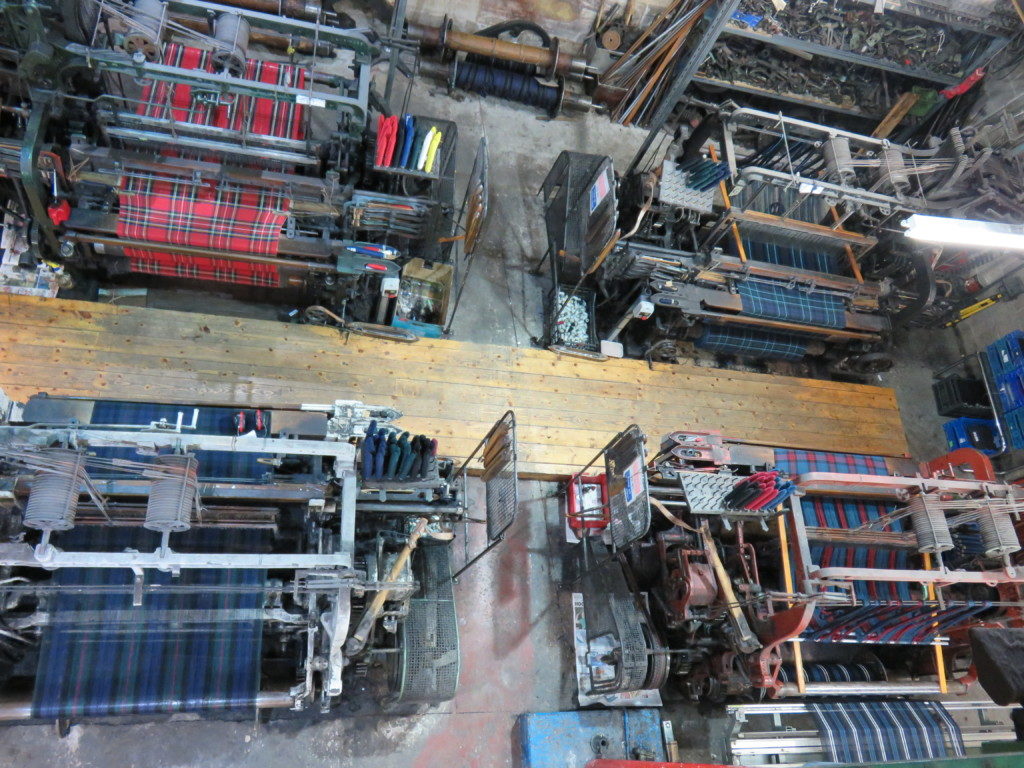
Day 2 – 5: Edinburgh to Loch Lomond and the Trossachs National Park
We began our day exploring the National Museum of Scotland. This is one of the best museums I’ve ever been to, but be warned, it is huge and takes most of a day to get around it. Entry is free, and it’s also a great place for kids as it has lots of interactive displays.
In the afternoon, we drove from Edinburgh to Loch Lomond, a stunning place to begin our journey into the breathtaking Scottish Highlands. We stopped for a stroll at the conservation village of Luss. The settlement has been here since medieval times, although much of the current village dates from the 18th and 19th centuries. It sits on the very picturesque shore of Loch Lomond, where you can enjoy a boat trip around the Loch. There are also several souvenir shops and a couple of nice cafés.
The next day was raining, so we headed to Inveraray, which seemed to be escaping much of the rain that was falling in the areas around us. We visited the Inveraray Castle and Gardens, the ancestral home of the Duke of Argyll, Chief of the Clan Campbell. The castle is rather charming and has a fantasy fairy tale style.
After some lunch in the village, the sun finally made an appearance, so we headed for the Benmore Botanic Gardens. We ended up spending our afternoon here, as this place offers more than just beautiful gardens, it also has 7 miles of trails and viewing points that offer vast views of the area. Interesting highlights include the giant Redwood avenue, the Chilean Viewpoint Refuge and the restored Victorian fernery.
The following day we headed out for a day of walking in the Trossachs and a scenic driving trip. Along the A821 and over Dukes Pass is the Trossachs Pier at Loch Katrine. It’s a popular spot and is a good place for those with prams and limited mobility because the path that runs along the loch is a sealed road that is only open to residents (so very quiet). You can also hire a bike from the Pier or take a boat tour, and there is a café by the car park.
In the afternoon, we continued our drive along the A821, past Loch Venachar and onto the A84 past Loch Lubnaig, then the A85. From here, we took a short detour on the A827 to see the Falls of Dochart in the pretty village of Killin. It’s not a large fall, but it has good access and is a nice place to take a break and have a coffee at one of the cafés. We then returned to the A85 and continued on to join the A82, where we stopped to view the Falloch Falls. It’s only a short walk from the car park. As it had been raining, the falls were in full force when we visited.
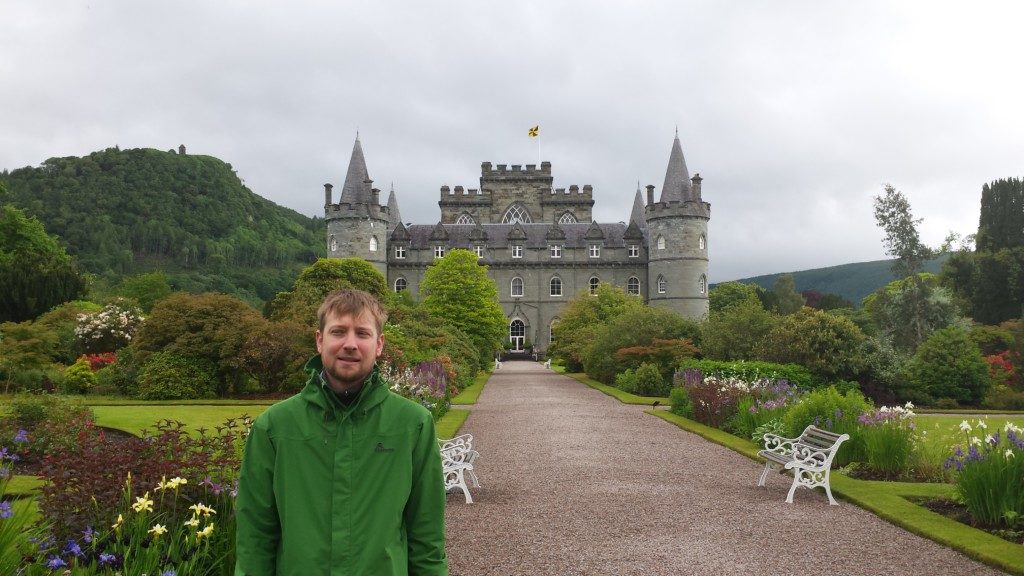
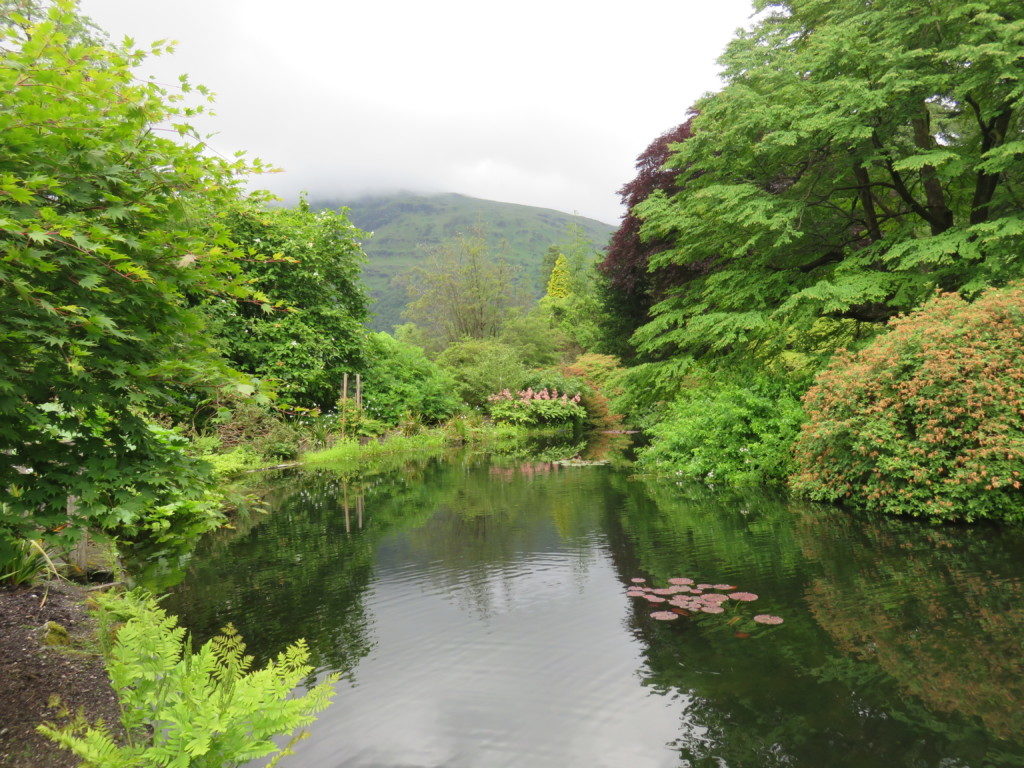
Day 5 – 7: Loch Lomond to Glencoe
From Loch Lomond, our next destination was Glencoe. We decided to take a coastal drive down the A83 (through Furnace and Lochgair) and then onto the A816 towards Oban. There are lots of lovely scenic places to stop off along the way. As we are National Trust members (which also gets us free entry at National Trust for Scotland sites), we stopped off to visit Arduaine Garden. As well as a gorgeous garden, it also offers an Island viewpoint.
We stopped for lunch in Oban, and my husband took the opportunity to sample some whiskey. If you have time, take a walk up to Battery Hill to see McCaig’s tower, which overlooks the town, it was inspired by the Colosseum in Rome. For whiskey lovers, visit the Oban distillery (you’ll need to book in advance during the high season).
We were staying in self-catering accommodation at Glencoe, so we stocked up on groceries at Oban before hitting the road again. The drive from Oban to Glencoe is very scenic, and thanks to the long light hours in summer, when we arrived, we were able to enjoy an evening hike. We witnessed the rather strange sight of a seagull diving down into the field to catch a mouse.
The next day, it was raining very heavily. But once it began to ease off, we headed out for a short day hike with our waterproofs. We did manage to get a few hours of sunshine in the afternoon, which led to us stripping off our waterproofs, however, near the end of our walk we were piling them all back on again! Thankfully, the place we were staying had a large drying room, and our gear was dry in time for us to head off the next day.
If you enjoy hiking and have a reasonable level of fitness, then I would definitely recommend walking up Ben Nevis, which is the highest mountain in the British Isles. To plan your hike, refer to the Ben Nevis website for essential information.
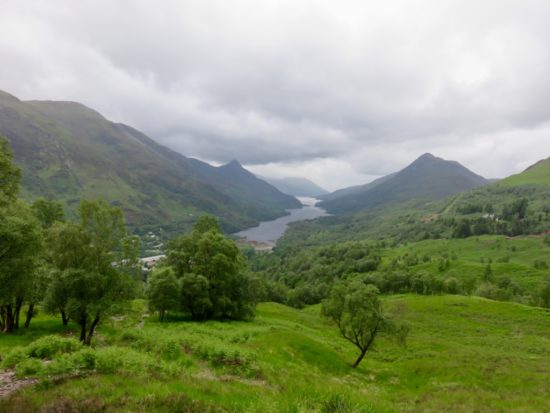

Day 7 – 9: Glencoe to Isle of Skye via Fort William
The next day, the sun was shining, and we had a big day planned, so we headed out early. We began our day with a scenic drive along the A82 towards Altnafeadh/Loch Lomond. This road is one of the best in Scotland, so make sure you take the time to drive it. If you can, get up early to drive along this spectacular road as it gets very busy with tourists from about 10am onwards. There are plenty of areas to pull off the road, but they are not particularly large, sothey quickly fill up once the tourist buses hit the road.
First up was picturesque Loch Achtriochtan, then the famous Three Sisters with its dramatic steep ridges around the summit of Bidean Nam Bian. Further along the road and situated at the foot of the Three Sisters was the beautiful Meeting of the Three Waters Waterfall. The next highlight was Buachaille Etive Mor, the most photographed mountain in Scotland.

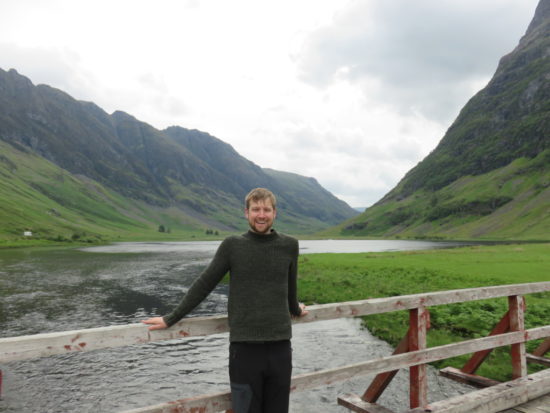
After enjoying these amazing sites, we drove back up the A82 to head towards Fort William, where we stopped for some lunch. As we wandered down the main street, we stumbled upon the interesting West Highland Museum. Entry is free, but donations are welcome. Although it is a small museum, it manages to pack a lot into it. It was a great place for us to learn more about the local history.
From Fort William, we took a detour to Glenfinnan to see the famous Glenfinnan Viaduct that was featured in the Harry Potter movies. The iconic Glenfinnan Monument, honouring those who died fighting the Jacobite cause, is also located here. This is a lovely area, and we easily spent a couple of hours here. The parking is owned by The National Trust for Scotland, so it is free for members and National Trust members. For all others, it’s only 2 pounds. The car park isn’t very big, so it fills up quickly, however, there is a small free park just a short distance past it. Beside the main car park is a visitor centre that features a small café, gift store and an information exhibit run and owned by The National Trust for Scotland.
Several paths are worth exploring. The first is behind the tea rooms, which takes you up the hill to the lookout point that provides views of the monument and Loch Shiel on one side, and the viaduct on the other. Back down the hill and across the road by the visitor centre, you will see the path to the Glenfinnan Monument ahead of you, but there is also a path leading off to the left that’s worth exploring too. It’s a lovely short walk that will reward you with picturesque views of the Loch. You can also walk up to the viaduct. Head up the road towards the small free car park (on the right side of the road). There is a private road that you can walk up (but not drive up), which will take you to the viaduct and into the countryside.
From Glenfinnan, we drove back to Fort William to make our way up to the Isle of Skye via the A87. We stopped at the picturesque Eilean Donan Castle on the way. Situated on an island at the point where three sea lochs meet, it’s surrounded by some majestic scenery. Even if you don’t have time to go inside, it’s still worth a stop to see it and take some photos.
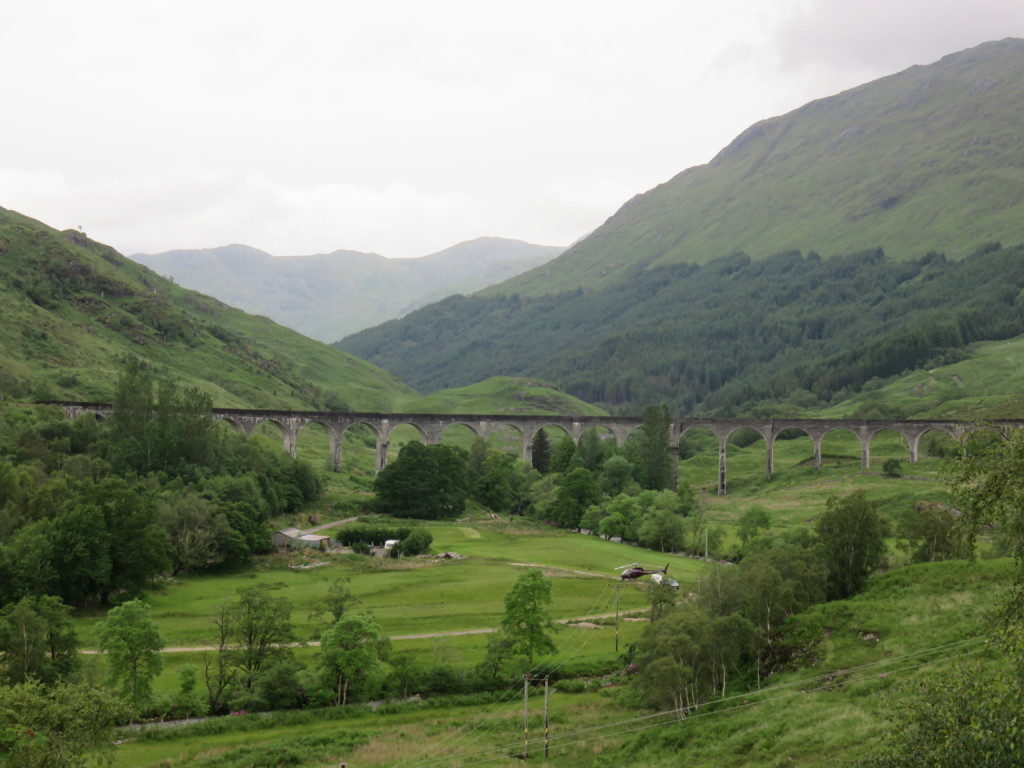

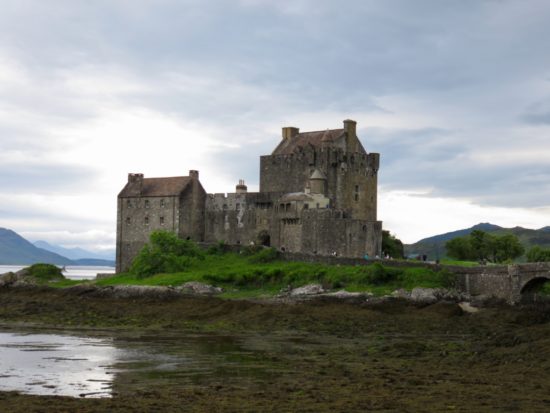
Our accommodation was in Lephin, which has no nearby restaurants, so we stopped in Portree, the largest town on the Isle of Skye, for dinner and a drink. The town has lovely views out across Loch Portree. Be aware that accommodation is very limited on the island, so you need to book in advance. If you want to really enjoy the natural surroundings of this wonderful isle, then I would recommend staying out in the countryside as we did, rather than in Portree.
The following day, we got up early and headed out to Neist Point Lighthouse. The road to the lighthouse is very small and rough, and there is very little parking once you get there, so I would recommend arriving early, as it is quite popular with tourists. The path to the lighthouse is paved, but very steep so take care. It’s rather windy too, so take your jacket! However, you will be rewarded with wonderful coastal views.
From there, we headed out to the enchanting Castle Ewan Fairy Glen, just outside of Uig. This place is a little tricky to find (but it is on Google Maps). On the A87, we turned right onto an unnamed road just before the village of Uig. There is no actual castle, just fascinating pointed mounds and weird topography. We parked up as best we could (there is no official carpark) and explored this interesting place.
From here, we continued north, driving around the A855. Despite being an A road, it is mostly single lane but there are plenty of passing bays. It is a stunning coastal drive, so worth putting up with the road.
If you enjoy hiking, then the Quaraing Hill Walk and the Old Man of Storr are excellent. The Old Man of Storr is a very busy and popular tourist spot, however, the further you walk up the mountain, the less busy it gets. We managed to walk all the way to the top and were rewarded with stunning views and a close-up of the impressive rock formation. Once up there, we found other paths winding around the mountains. We ended up spending several hours exploring the area.
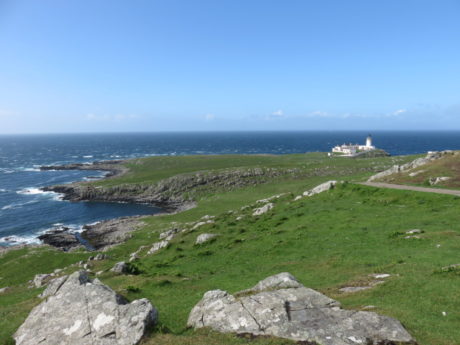
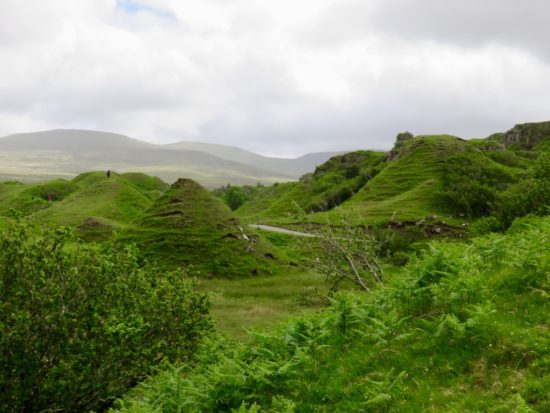

Day 9: Isle of Skye to Inverness
On the day we were scheduled to leave Skye, we had reservations for lunch at the famous Michelin starred restaurant, The Three Chimneys. It’s famous for providing its diners with locally sourced food. It’s only a small restaurant, and very popular, so you need to book in advance, which you can do online. If you are on a budget, then opt for lunch as it’s cheaper than dinner.
Before lunch, we made the most of our remaining time on the isle by enjoying a walk at the nearby Coral Beach in Claigan, just north of Dunvegan. From the car park, there is a track that leads you down to the beach. It’s a lovely spot, and if you’re lucky with the weather, the sun will come out and make it look like a little tropical beach.
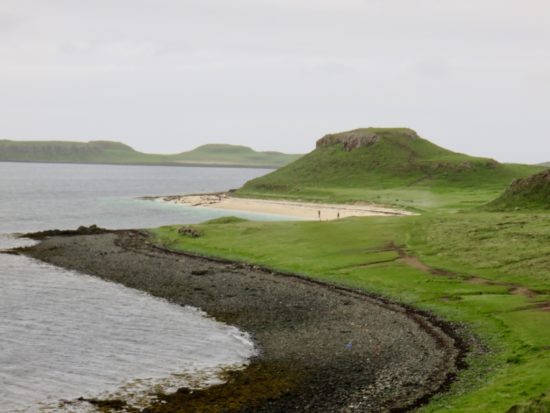
After our refreshing beach walk, we headed a short way up the road to Dunvegan Castle and Gardens. This is the seat of MacLeod, chief of the Clan MacLeod. You can also take a seal boat trip from here. But if you head down to the area where the boats leave from, you may be lucky to see them languishing in the water as we did.

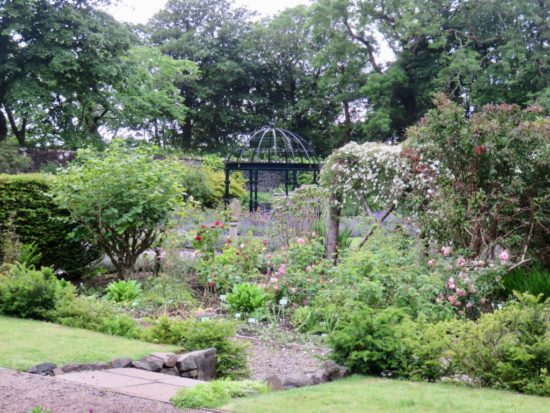
By this point we had built up quite an appetite for our delicious lunch. Our meal at Three Chimneys did not disappoint, it was absolutely delicious and was a lovely way to end our time in Skye.
Afterwards, we headed towards Inverness along the mountainous A890 and A832. Inverness is a small, flat city, making it easy to explore on foot. Highlights include the castle, the many churches, and several museums that provide an opportunity to learn more about the history of the area. For book lovers, a must see is Leakey’s second-hand bookshop. This is one of the most charming stores I’ve ever visited. It features a wonderful spiral staircase, and in the middle of the room is a gigantic open fireplace. They stock a wide variety of books here and also sell old maps and prints.
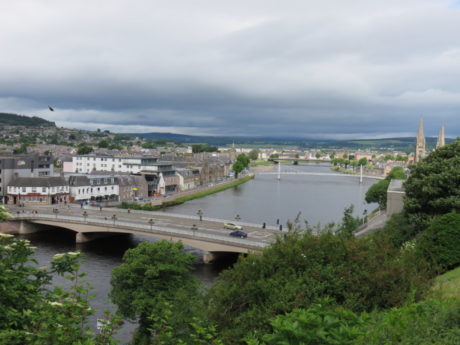
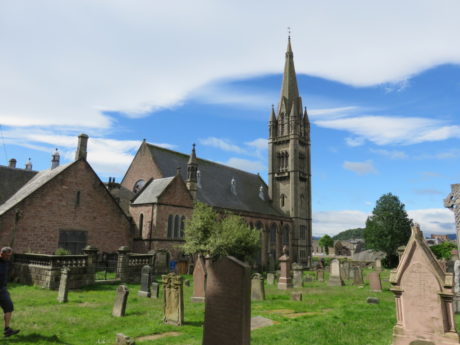
Day 10 – 13: Inverness to Loch Ness and Cairngorms National Park
In the morning, we set out along the A82 to explore Loch Ness. Over 20 miles long, a mile wide and 700 feet at its deepest, Loch Ness is the largest lake in Scotland by volume. The sun was shining, so it was the perfect day for exploring the landscape and some of the quaint villages along the way. Unfortunately, there was no sign of Nessie, though!
In the afternoon, we headed back up the A82, then out along the A9 to the Cairngorms National Park. We stayed in Aviemore, the park’s main village, which has shops, restaurants, cafes and a small Tesco grocery store.
We love hiking, so we spent several days here enjoying this magnificent national park. The following day we went hiking up Cairngorm Mountain. The mountain top was amazing, it provided breathtaking views out across the park, and all we could see before us was endless unspoilt wilderness. For those wanting to explore on foot, there are plenty of challenging trails to enjoy. As this is a ski and snowboard station in winter, it has a funicular. The funicular runs through summer, so if you are not keen on ascending the steep mountainside, you can still get the opportunity to enjoy this stunning mountain and its views.
On the final day of our holiday (sad face), we spent the morning enjoying a road trip. We headed north along the A95, turning off at A939/Old Military Road, past the town of Tomintoul (a good place to stop for lunch) and up to the mountains along Lecht Road. After the Lech Ski School we were presented with magnificent views of the valley. There are lots of interesting places to pull over along this road, and there are a number of walking paths, so we took our time exploring.
In the afternoon, we basked in the sunlight and enjoyed a walk around Loch Morlich. This is an easy flat walk with a well-maintained track. Afterwards, we relaxed on the shore and enjoyed some homemade cakes at the small café. For those of you that enjoy water sports, you can also hire a canoe or small boat here.
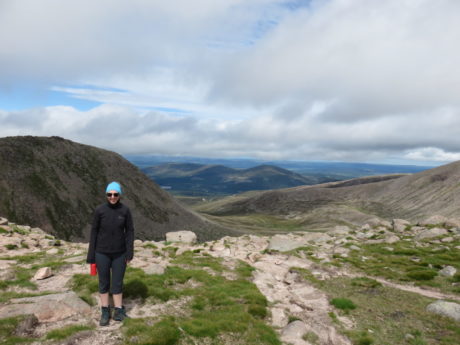
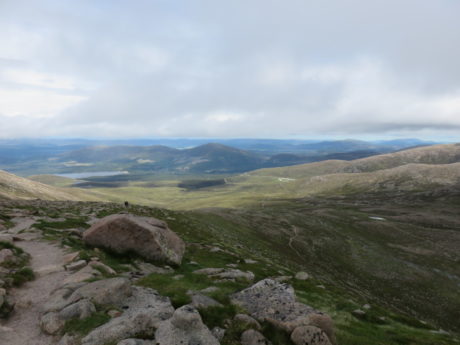
Day 14: Heading home
As we live in the UK, we drove home, but for those of you flying out, the Cairngorms is a few hours’ drive back to Edinburgh on this final day.
I hope that post has given you some inspiration for your own trip. Scotland is an amazing place to explore, so start booking those flights!
Essential Tips and Information to Plan Your Trip to Scotland
- Language: English
- Currency: Pound sterling. Although Scotland prints their own banknotes, you can use either Scottish notes or the usual English notes. Sometimes it can be difficult getting the Scottish banknotes accepted in the rest of the UK, so try not to carry large amounts and use them up before leaving.
- Tipping: Not required, but people usually round up.
- Electricity: The electrical current is 230 volts AC. Wall outlets take a three pronged plug only used in the United Kingdom and Ireland. However, you are better off purchasing a worldwide adaptor that can be used in the United Kingdom as well as other countries. At least then you can potentially get some further use out of it on future vacations. If you’re taking several electronics with you, then I would recommend purchasing a couple of these adaptors.
- Driving: In the UK they drive on the left hand side of the road with speed signs in miles per hour (mph).
- Fuel: Fuel is expensive in the UK, so save money by downloading a UK fuel app so you can search for the nearest petrol station with the cheapest fuel.
- Navigating: We use Google’s free Offline Maps, which allow you to access free maps for navigating that can be used offline i.e. you don’t need WIFI, data, or roaming to be able to use them. Follow my detailed guide on how to use Google’s Offline Maps. Warning: Both phone reception and mobile networks are extremely patchy. Even if you have a data plan in the UK, DON’T rely on being able to access the mobile networks to access Google online maps. Make sure you download a map to use when you find yourself without internet.
- Using your phone as a GPS will drain your battery quickly, so use a portable external battery charger, which you can use to charge your phone and any other USB chargeable devices. If you prefer a paper map, then purchase a Scottish road map. At least it’s reliable and won’t run out of battery or malfunction like the electronic options!
- Whiskey: There are an endless number of whiskey distilleries in Scotland. If you don’t have time to visit one, then don’t worry. All of the local pubs and bars, wherever you g,o offer a large selection to try. The staff are usually knowledgeable and can provide you with some helpful advice on which ones to try based on your taste preferences and budget.
- Wondering what to pack? This is a list of essential items that I packed for my trip to Scotland.
- Weather: Scotland is known for its frequent and heavy rainfall which is what makes this place so green. If you are going to be hiking, then pack waterproof pants and a jacket and wear hiking boots. It’s easy to get lost in the mountains, especially with the low cloud that can roll in, so be prepared, plan your hike, and use ordnance maps.
- Midges: In the warmer months, midges can be a real problem, so pack some extra strong repellent. Before going to Scotland, I did my research online and found that Avon Skin So Soft Bug Guard with SPF 30 sunscreen is one of the most popular products used against Scottish midges. It seemed to do the trick for us, and I loved that it is also a sunscreen, so I only needed to take the one product with us. Even though the weather can be very changeable in Scotland, you can easily get burnt in summer, so make sure you wear at least 30+ SPF sunscreen.
- Itinerary: This itinerary is for 14 days, but if you are lucky enough to be able to extend your holiday, then think about adding an extra day or two in your preferred area. For example, if you enjoy city stays, then add another in Edinburgh or spend a day in Glasgow. However, if you prefer hiking, then I would recommend staying longer in Glencoe. It’s a beautiful area.


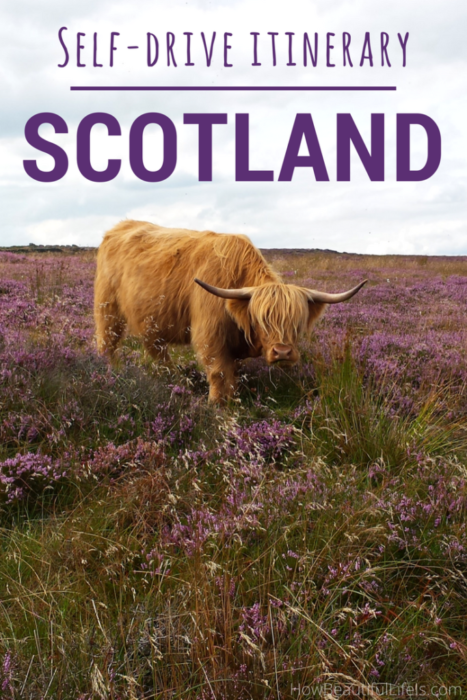
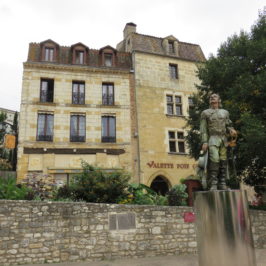
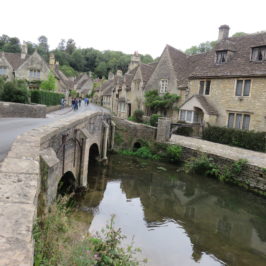
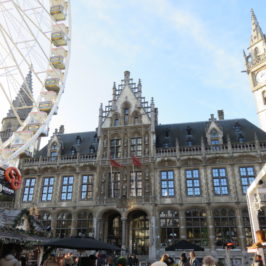

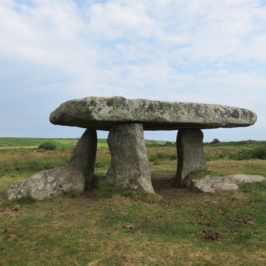
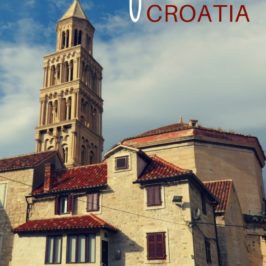
Leave a Reply